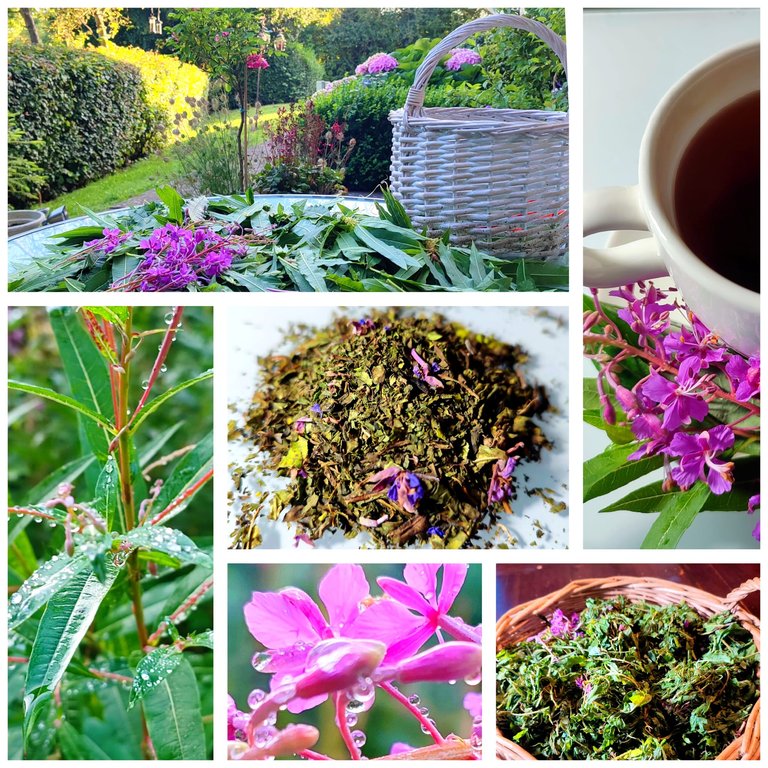
Tea is one of the most beloved beverages in England and many other parts of the world. During my years working in the theatre, tea time was a must before and after long operations. Honestly, most people here run on tea! Sometimes a bit too much—it even causes a few hiccups at work. After every procedure, you could count on someone to shout, "Put the kettle on!" At first, I wasn’t a fan—I just wanted to keep going and finish the job—but I eventually got pulled into the tea culture (haha!)
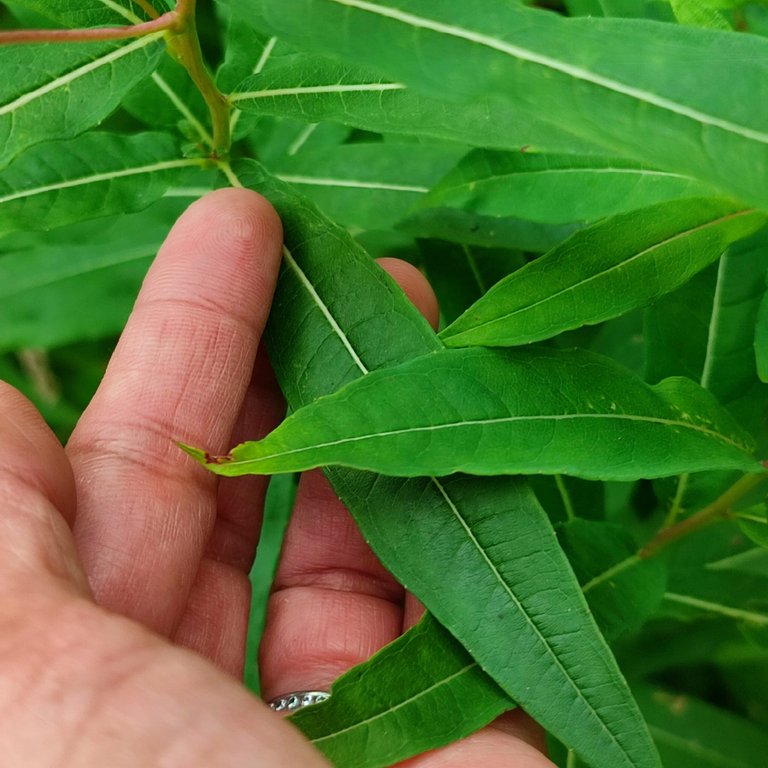
Then I got into the hobby of making traditional tea from wild plants; there are so many types of tea, including herbal, black, green, fermented, oxidized, etc. Fermented and oxidized teas are my favorites due to their complex flavor profiles. Each type of tea is prepared differently. Certain leaves are ideal for certain types of tea. For example, blackberry leaf tea becomes especially beautiful when fermented.

Engaging in a series of deliberate, almost ceremonial steps adds to the tea's beauty.
I want to show you what I finished Today: the Willow herb or fireweed tea.

Willow herb (genus Epilobium) makes a delicious tea. Its mild, slightly sweet, and floral flavor makes it especially popular in Russia, where it is known as Ivan Chai and has a long history of use as a traditional beverage and was once one of Russia's top exports.
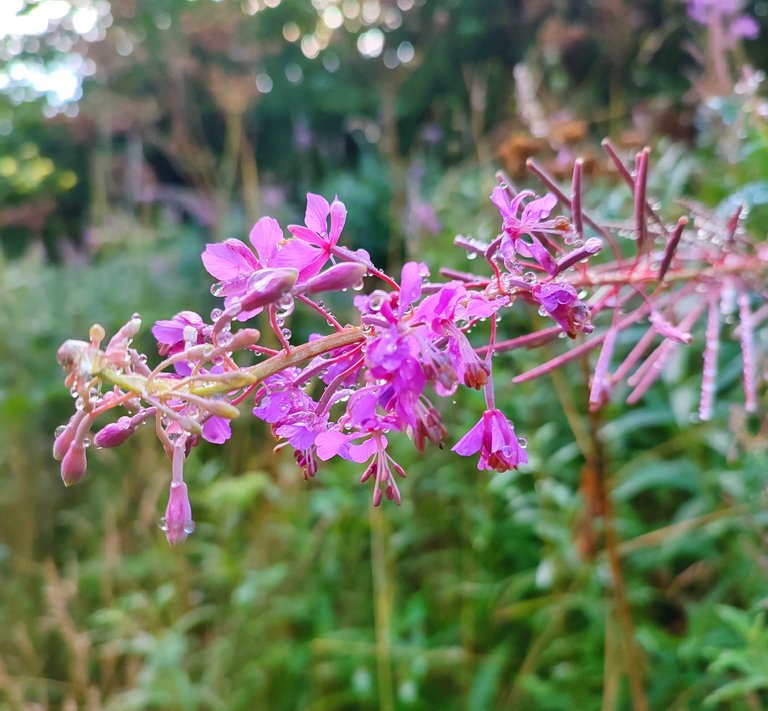
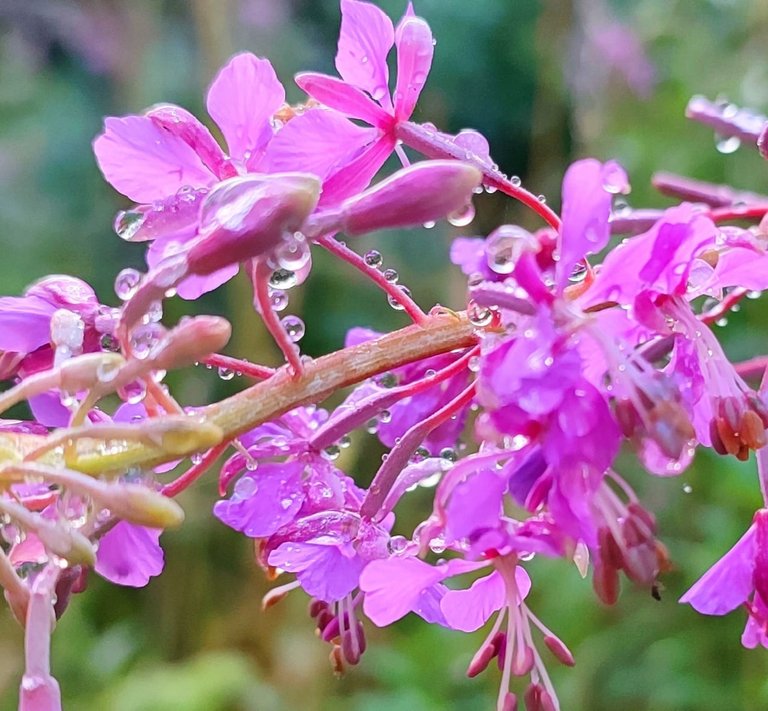
The flowers are beautiful and are currently growing everywhere around us.
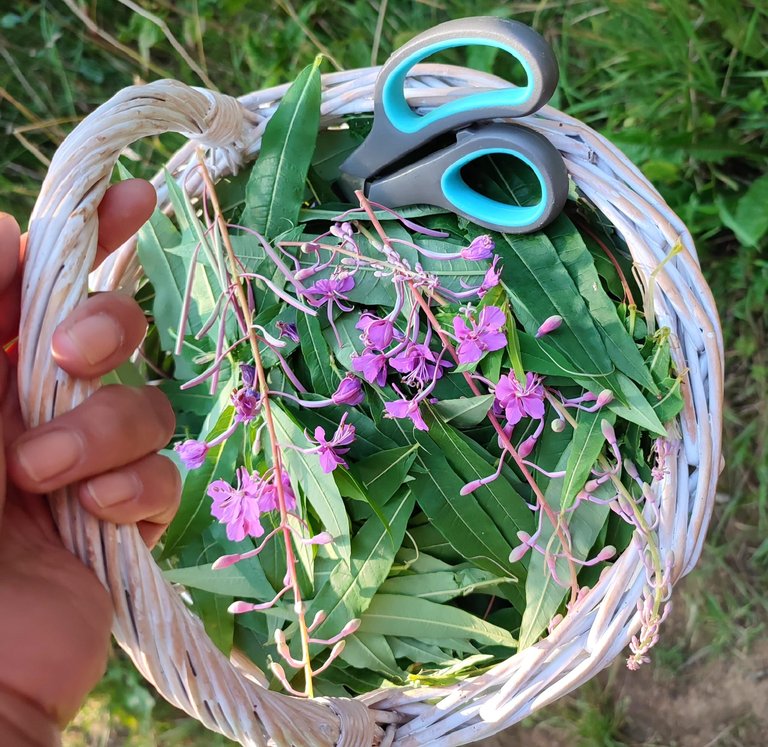
After picking the leaves and some flowers,
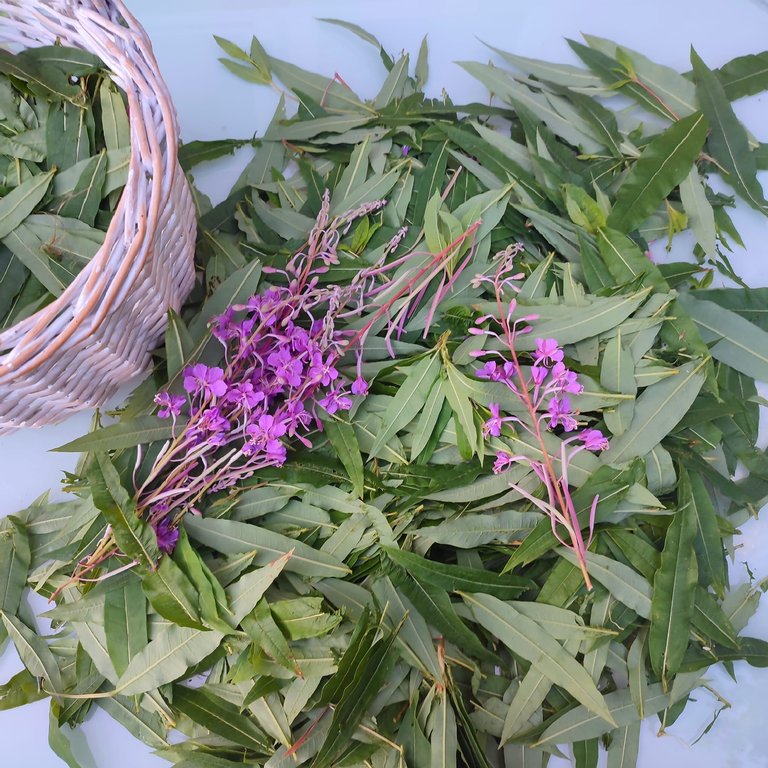
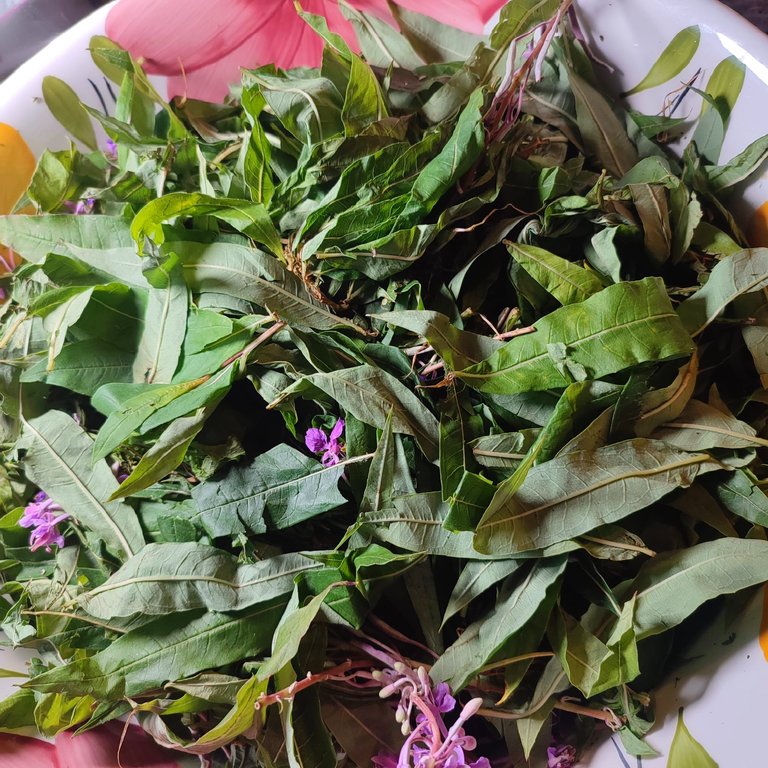
I wilted them a little to make them more pliable.
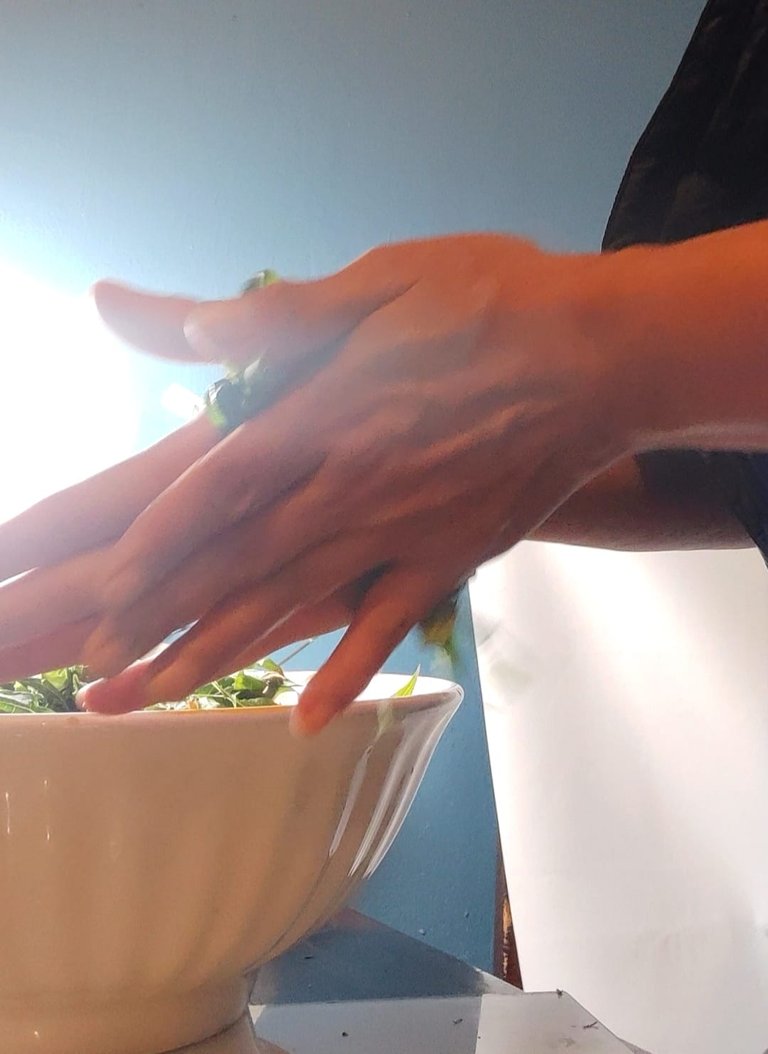
Then, I crushed them by rolling them between my palms
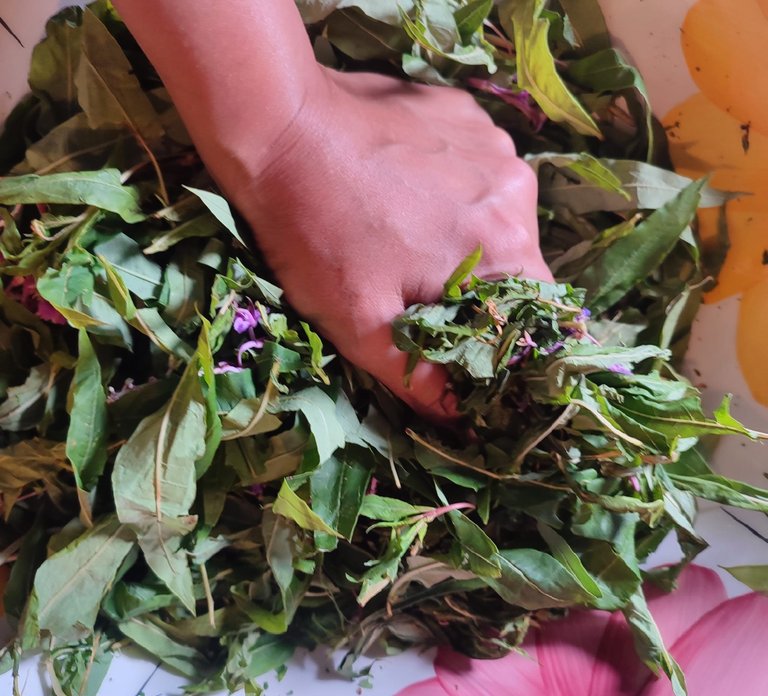
And squishing them to release the juice and stimulate the oxidation process.
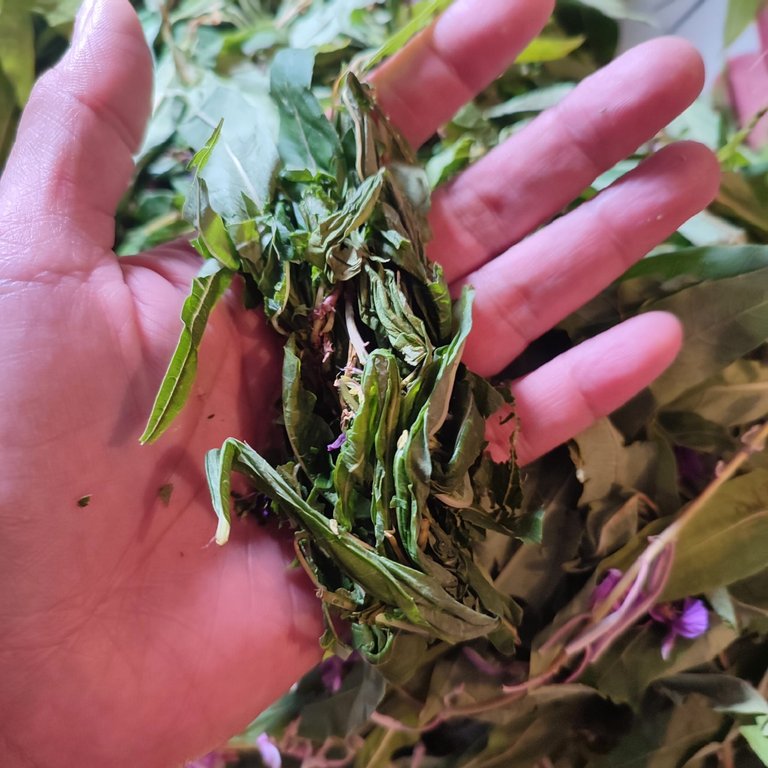
Tea leaves change their chemical composition through oxidation, turning them into black tea. Oxidation occurs when the leaves are exposed to oxygen after being rolled or bruised. This process changes the leaves' color, flavor, and aroma.
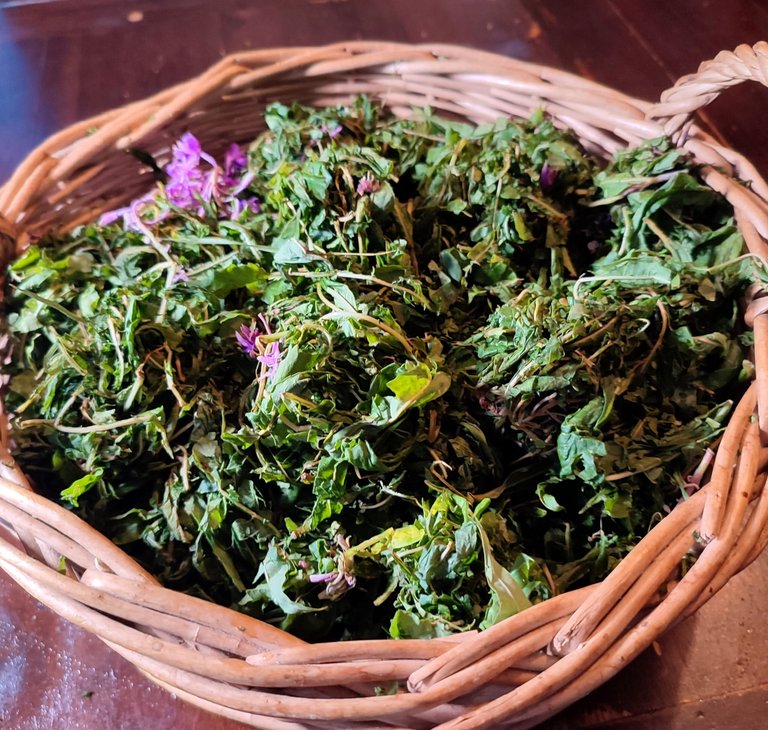
Once all the leaves were squished, I packed them tightly in a wicker tray where air could flow, preventing them from sweating and getting moldy. After three days, they turned blackish and smelled beautiful—floral, malty, and sweet—with a complex flavor.
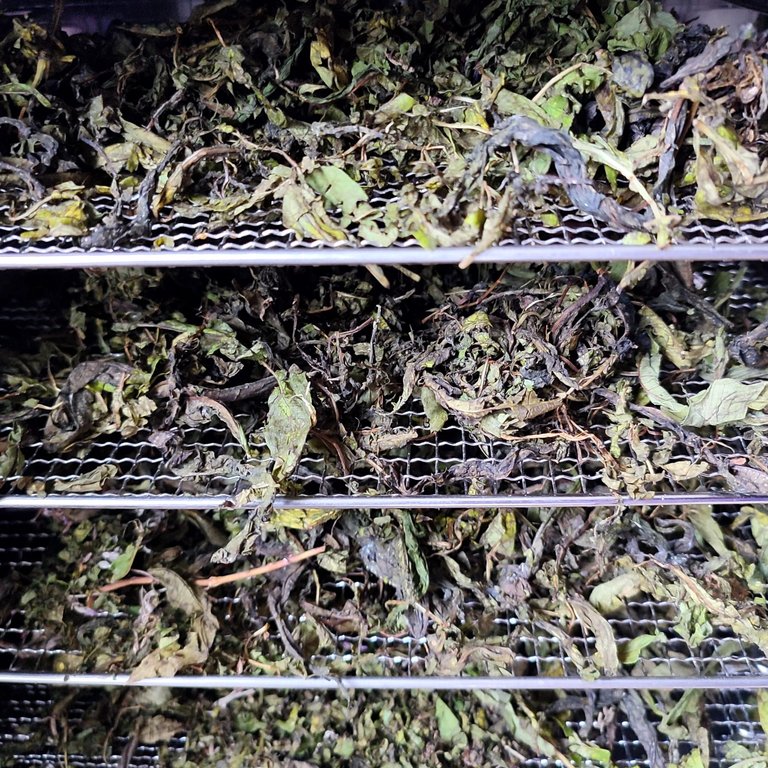
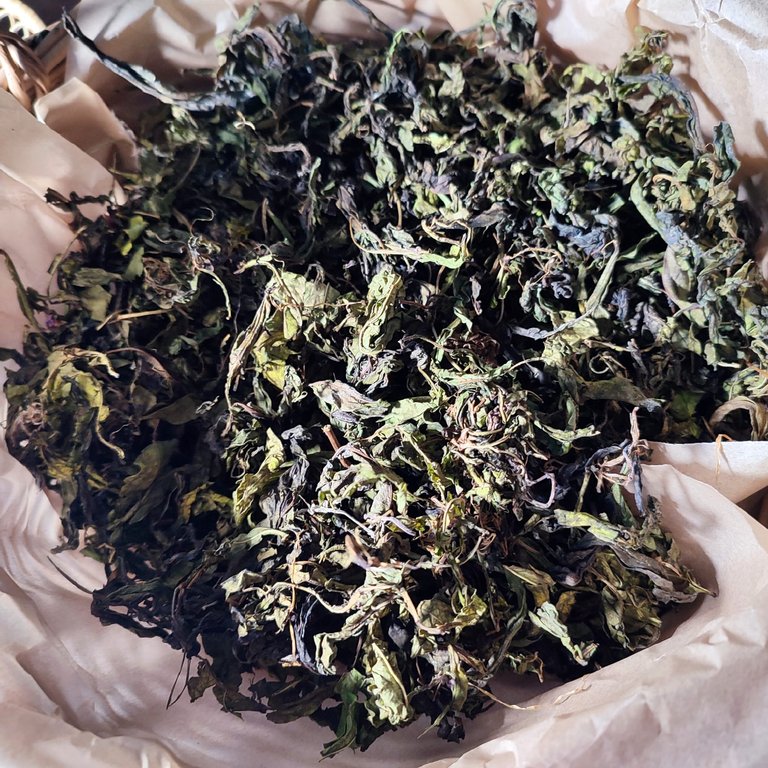
Next, I dried them. You can leave them out to air dry if preferred.
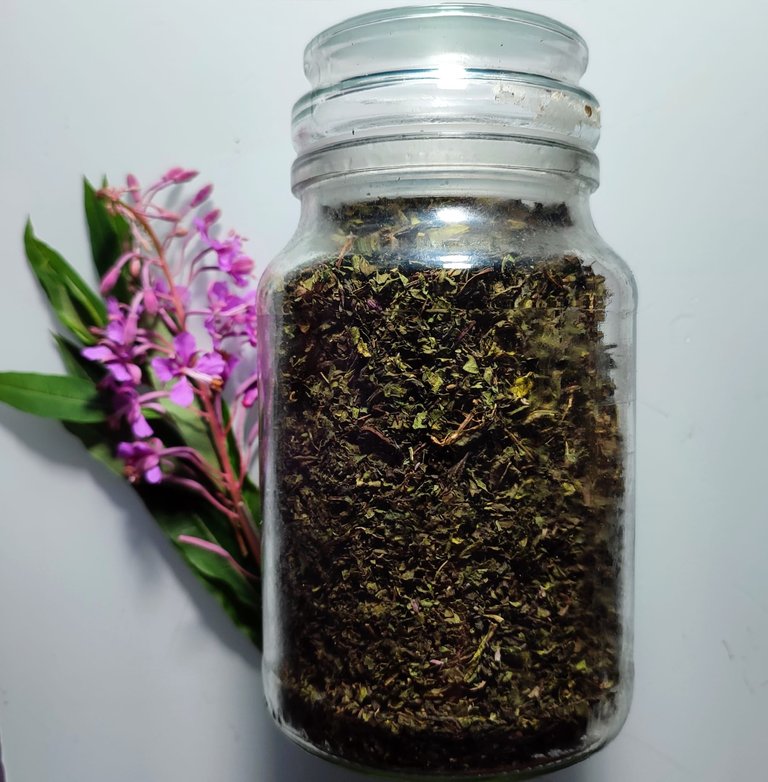
Once dried, I placed them in a clean container, where they can be kept for up to two years.

Not only is this tea super lovely, but it also has many benefits.
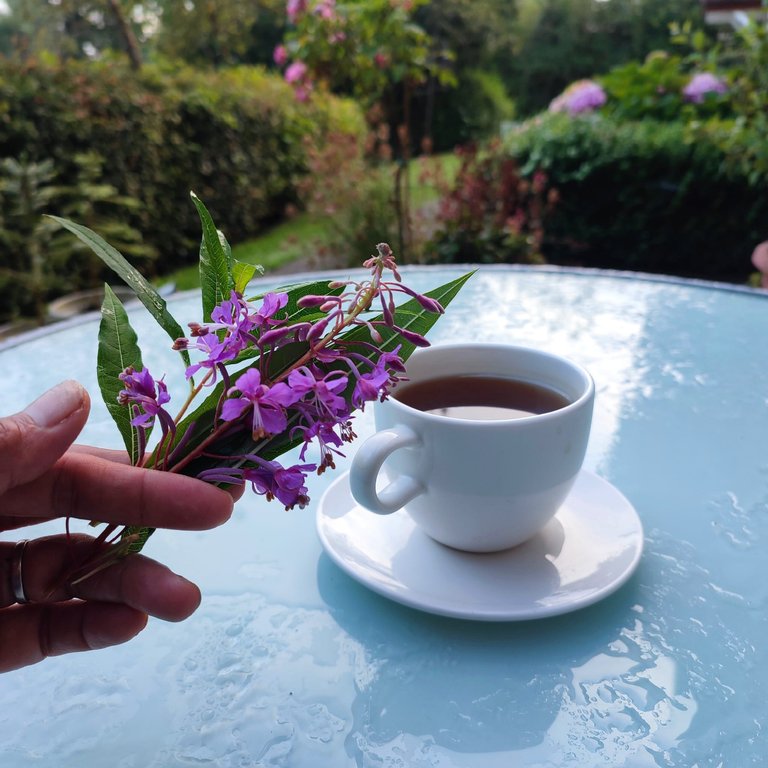
Willow herb tea helps regulate hormone balance for both men and women. It is well known for supporting prostate health in men, as it contains compounds that help reduce frequent urination.
It has a calming effect, helping to reduce stress. It soothes the digestive tract and can alleviate digestive issues. It also helps with acne, eczema, and minor wounds when applied topically or consumed as tea.
Additionally, it protects the body's cells from damage caused by free radicals. It is rich in flavonoids and other polyphenolic compounds that have anti-inflammatory effects. It can also help with symptoms of colds, sore throats, and respiratory issues.
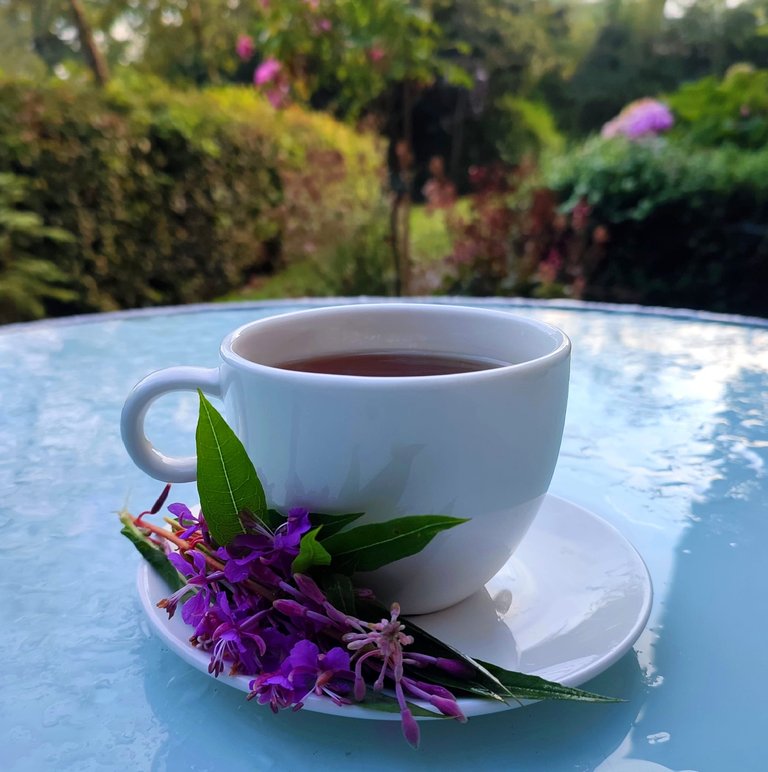
Knowing its benefits, I enjoy sipping this tea.
Tea is more than just a beverage—it's a ritual, a moment of calm, and a connection to nature.
I hope you can find Willowherbs in your area.
Have a wonderful day, everyone.
Mariah 😊🍃
The rewards earned on this comment will go directly to the people( @theworldaroundme ) sharing the post on Reddit as long as they are registered with @poshtoken. Sign up at https://hiveposh.com. Otherwise, rewards go to the author of the blog post.
Cool article. I also dry some leaves for tea.
Oh! I love this. I don't think we have this herb where I live but, I love seeing the process and adore how you document your processes.
Sending you an Ecency curation vote